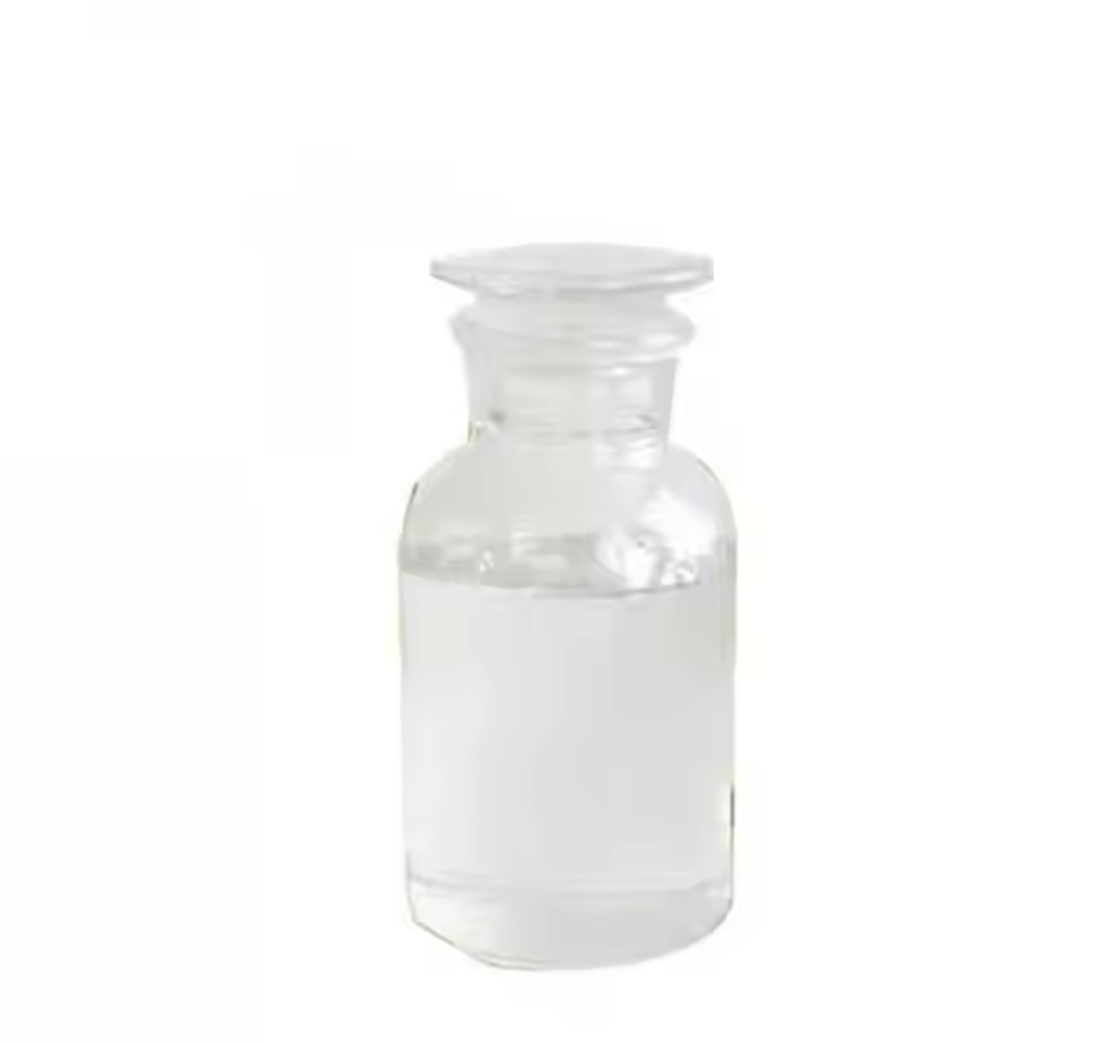1. Chemical Structure and Properties
Molecular Formula: C₄H₁₃N₃
Structural Formula: NH₂-CH₂-CH₂-NH-CH₂-CH₂-NH₂
A triamine with two primary amines (-NH₂) and one secondary amine (-NH-).
Appearance: Colorless to yellowish viscous liquid with a strong ammonia-like odor.
Boiling Point: 207°C; Density: 0.96 g/cm³
Solubility: Miscible with water, alcohols, and polar solvents; insoluble in hydrocarbons.
Chemical Properties: Acts as a strong base (pH ~11.5), decomposes above 150°C, and is a powerful chelating agent.
2. Industrial Applications
Epoxy Resin Curing: Used as a crosslinking agent to form rigid 3D networks in epoxy-based adhesives, coatings, and composites. Dosage typically ranges from 5–15% by resin weight.
Surfactant Synthesis: Produces ethoxylated amines for textile softeners and antistatic agents.
Chelating Agents: Forms stable complexes with metal ions for water treatment and lubricant applications.
Pharmaceuticals: Serves as an intermediate in the synthesis of antibiotics and anticancer compounds.
Gas Treatment: Applied in CO₂ scrubbing systems for natural gas purification.
3. Safety and Toxicology
Skin/Eye Contact: Highly corrosive; causes burns and dermatitis.
Inhalation: Vapors irritate the respiratory tract; long-term exposure may lead to asthma-like symptoms.
Ingestion: Toxic if swallowed (LD50 oral, rat: 1,080 mg/kg); may cause gastrointestinal injury.
Fire and Explosion Risks: Combustible liquid with a flash point of 94°C; reacts exothermically with strong oxidizers.
Protective Measures: Use PPE including neoprene gloves, face shields, and proper ventilation. In case of contact, flush with water for at least 15 minutes.
4. Environmental and Regulatory Considerations
Biodegradability: Readily biodegradable under aerobic conditions (>90% in 28 days per OECD 301B). Degradation under anaerobic conditions is slower.
Regulatory Compliance:
EU: REACH-registered; classified as Skin Corr. 1B (H314) and Acute Tox. 4 (H302).
USA: TSCA listed; subject to EPA hazard communication.
China: Listed in the 2023 Hazardous Chemicals Directory.
Transport Classification: UN 2735, Class 8 (Corrosive), Packing Group III.
5. Case Studies: Application Insights
Adhesive Formulation: Henkel’s Loctite® epoxy adhesives utilize DETA as a curing agent for engine component bonding. Results show 24-hour curing at 25°C and tensile strengths exceeding 30 MPa.
Water Treatment: Dow Chemical applies DETA-based chelators to remove heavy metals like Pb²⁺ from industrial wastewater, reducing concentrations from 50 ppm to less than 0.1 ppm at pH 8–10.
Comparison with TETA: DETA offers faster curing, while TETA provides better thermal stability (up to 180°C) but at higher cost.



